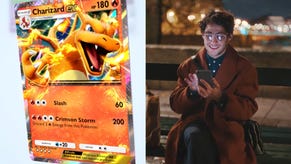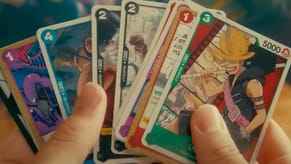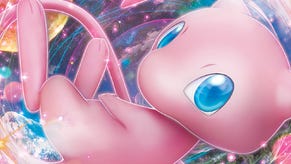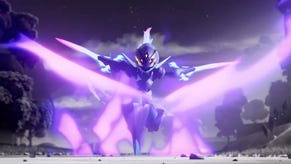Fake Pokémon cards: How to tell if it's a fake
Follow these tips to help identify if your Pokémon cards are the real deal.
Pokémon cards are back in vogue. And with the uptick in interest, there is now a thriving market for buying and selling Pokémon cards. As the number of people looking to buy Pokémon cards continues to increase, so does the number of scammers looking to take advantage of the trend and make a quick buck.
The most notable example of this involved the famous YouTuber Logan Paul. He and a group of investors almost bought a box of Pokémon cards valued at $375,000. The seller agreed to open the box and packs before exchanging the cash. The box turned out to be fake. Fortunately for Paul, he didn’t pay a dime, but the mistake even slipped past Paul’s “Pokémon advisor”.
While the average person doesn’t have the money to hire a specialised advisor, the average person can easily identify a fake Pokémon card with a little advice. This guide will teach you how to spot a fake and protect yourself from buying a counterfeit card. This guide is structured to give you more detailed advice on how to spot a fake as you go on. Whether you collect as an enthusiast or you just want to round out your latest deck, welcome!
So, is it fake?
Before continuing here are a couple notes on how to use this guide. Barring some glaring mistakes in the fake, this guide won’t tell you with 100% confidence that your Pokémon card is fake. Because of this, many statements in this article include important caveats and use wording such as describing your card as “likely” or “probably” fake.
So then, what’s the point of this guide? It’s an extensive guide and resource to consult. If you are wondering if a card you want to buy or sell is fake, start with reading through this entire guide. Consider everything in it. Then, at the end, use it to make a call on the likelihood your card is fake. If you have a card where the colours look off, the text is blurry and the cardstock feels different, then it’s highly likely (but not guaranteed) that you have a fake.
How to spot a fake Pokémon card immediately
Look at the card. Then ask yourself: does anything seem off? Read it and check to see if there are any simple errors in the card. Here is a short list of characteristics to check:
- Does this Pokémon exist?
- Does the card have an accent over every single “e” in Pokémon?
- Is the card free of spelling mistakes and obvious grammar mistakes, such as missing punctuation?
- Does the card have the year it was printed?
- Does the card have the number of elemental symbols in all the correct places of the card?
- Does the Pokémon have a reasonable amount of HP? For example, if you have an Eevee with over 1,000 HP, then that card is probably a fake. If you are unsure as to what’s unreasonable you could look up the card on the Pokémon TCG card database to get a ballpark range of where its HP is usually at.
If you answered no to one or several of these questions, odds are that you have a fake Pokémon card. This is a great and easy way to spot a fake immediately.
It’s not obvious if my card is a fake - what next?
This might sound obvious, but an easy step you can take to verify the card is real is by checking that the card was an actual Pokémon card that was in print at some point. Yes, people do just make up fake cards with unofficial art and sell them online.
You can verify a card with a quick search. The official Pokémon Trading Card Game website has a card database, as does fan site Bulbapedia. Note: the official website doesn’t include some special runs of cards, so be sure to look for your card on multiple card directories.
What characteristics should I look out for?
If your card has passed all the tests so far, it’s time to take a closer look. An easy and dependable way to check if a Pokémon card is fake is to compare it to a real card. Look at the two cards and see if there are any easy-to-spot differences. Does the written text on each card match up word-for-word? For example, a fake might have slightly different description text or a different attack than the original or different punctuation.
Also compare the physical characteristics of the card with the original. Is the card in question the same size as the original? If it’s larger or smaller than a standard card from the set, it’s likely a fake.
Another important consideration is the cardstock. The hardest element of a counterfeit to recreate is the cardstock. Does the card bend in a similar way or does one feel flimsy and bend more easily? Hold the card in question up to a flashlight. Oftentimes, the light will pass through fakes more than a real card because the cardstock isn’t as high quality.
Compare the two cards carefully. A common characteristic of a fake card is lower print quality which can lead to slightly blurry text. Compare the text of the card in question to another card. Does the text look a little blurry? A real card will have clean, crisp printing on the font. Fakes will have lower quality print, which is most visible when looking at the tiny text. Also compare the colours on the cards. Make sure that the color saturation is the same.
Wait, aren’t there misprints in Pokémon?
Yes, misprints - also known as “error cards” - do happen, but they are generally documented. In these cases, collectors look for a specific misprint of a card. If you think you have a misprint, look it up online and see if anyone else has noticed the same mistake. If you do have a misprint, you could have an even more valuable Pokémon card than you initially thought!
What if I’m looking to buy online and can’t hold the card in my hand?
As a rule of thumb, it is best practice to take a card out of a sleeve and examine it for yourself. As mentioned, a fake card will feel different to a genuine card. However, this isn’t always an option, especially now during the pandemic and as Facebook groups have become a popular and convenient place to buy and sell.
There are a few tips in this case. First, ask for a photo of the card you’re buying and examine it visually using all the aforementioned tips. Then, evaluate the credibility of the seller. If someone can’t provide you with a unique photo of the card, that’s a bad sign. Also look for previous reviews of the seller. For context, there aren’t any reported cases of mass Pokémon card fraud so you don’t need to be overly anxious about buying a card. Just cover the basics and you will generally be fine.
Another great and reliable option if you buy online is to purchase the card from a registered business. Look up your closest card dealer and reviews of the store. A store will be more invested in customer satisfaction than a random person on the internet.
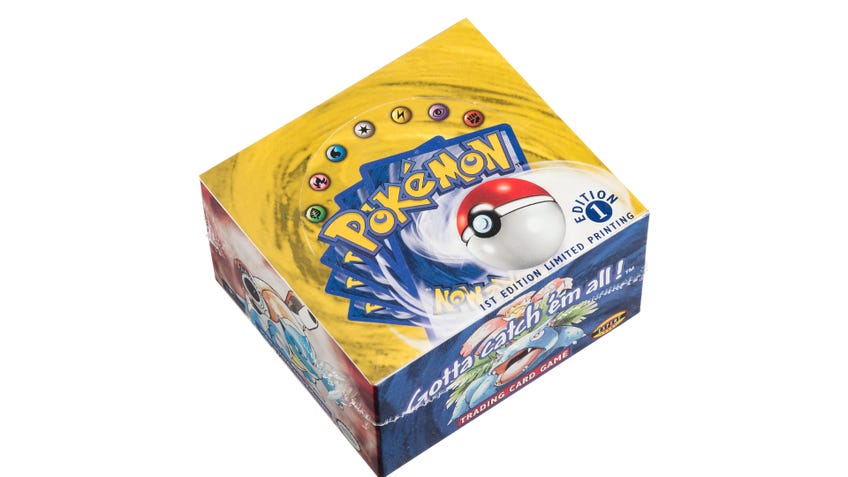
Are there any common fakes to look out for?
Dicebreaker asked Edward Nguyen, a Pokémon card dealer and owner of Vermilion Collectibles and Games, if there were any specific Pokémon cards that are commonly sold as fakes. “Most of the ones I see are people who seem to think that they have something valuable, but realistically it was one of those cheap stickers that people bought from vending machines or whatever,” he says.
In addition to those stickers, buyers should also be weary of vintage cards. “In order for a counterfeiter to be profitable, they will target something that’s higher value,” Nguyen says. “So usually generally any old vintage card requires a closer look.” As for newer cards, he’s found some fake cards while buying in bulk, but hasn’t seen any high quality counterfeits and could pick them out easily.
Is a graded card always safe to buy?
For the most part, graded cards, which have undergone a process of verification and close quality inspection from a reputable company, are safer. However it’s not foolproof. “There have been fake cards graded before - [it] happens with rebacked cards in Magic: The Gathering,” Nguyen says. “It is much harder and takes more effort to fake a graded card though.”
A great rule of thumb: ask
When in doubt, consult others who have experience spotting fakes. Contact a reputable seller and ask them their professional opinion. There are Facebook groups where people buy and sell. Post an image of the card. If a group of people respond with a strong consensus that it’s fake, and they explain why, then you probably have a fake card.
Before you go: this guide is not a replacement for professional advice. If you plan to spend big bucks on a rare Pokémon card, you should consult as many sources as possible when vetting a card. You’re looking at thousands of dollars potentially, so please consult an expert in the space.




